Entries in the log book of the brig Thomas Winslow from 1846-1847 at the Providence Public Library, which owns one of the five largest collections of whaling log books in the country.
(Jesse Costa/WBUR)
Tucked away in the New Bedford Whaling Museum is a room full of records.
It holds manuscripts, manifests, banking records and crew accounts from New England’s storied whaling industry.
It also contains the largest collection of whaling logbooks in the world.
It holds manuscripts, manifests, banking records and crew accounts from New England’s storied whaling industry.
It also contains the largest collection of whaling logbooks in the world.
Logbooks were a legal record of each voyage, in which first mates documented whale sightings, other ships and the occasional fight on board.
But mostly, they recorded the weather.
“So it’s latitude and longitude,” said Timothy Walker, history professor at the University of Massachusetts Dartmouth, “wind speed, wind direction, any changes in the wind direction, precipitation, cloud cover, sea state, and if they’re in the vicinity of any land, what the landmark is."
Walker is part of a team using those records to fill in gaps in modern climate science.
But mostly, they recorded the weather.
“So it’s latitude and longitude,” said Timothy Walker, history professor at the University of Massachusetts Dartmouth, “wind speed, wind direction, any changes in the wind direction, precipitation, cloud cover, sea state, and if they’re in the vicinity of any land, what the landmark is."
Walker is part of a team using those records to fill in gaps in modern climate science.
The goal is to compare historic wind patterns with wind patterns today, especially in the Indian and Southern oceans.
Researchers are trying to get a clearer picture of just how much climate change is affecting the region.
“Whaling ships followed the whales, and so they [went] into some of the most inaccessible and least visited parts of the oceans,” said Walker.
“Consequently, they’re recording data that doesn’t exist anywhere else. It’s the only place we can get this data going back to the middle of the 18th and 19th centuries.”
The logbook of the whaling vessel Marcella out of New Bedford at the Providence Public Library, which owns one of the largest collections of whaling logbooks in the country. (Jesse Costa/WBUR)
It faded during the American Revolution and then bounced back stronger in the 1800s.
In that golden age of whaling, New Bedford grew into the industry’s capital.
From New Bedford and other port cities, whaling ships crisscrossed the globe, sailing far beyond traditional merchant and naval routes.
These ships frequently traveled south across the Atlantic and around the Cape of Good Hope at the tip of Africa; there they caught the prevailing westerly winds in the Indian Ocean, which brought them through the Southern Ocean and into the Pacific.
An image of a 19th century nautical chart depicting the Indian Ocean. (Courtesy of New Bedford Whaling Museum)
“It was a hard life, a dirty life. Their vessels were inundated with whale oil,” said Walker. “It was a situation where young men would try it for the adventure and then they’d had enough.”
The logbooks
The records of those adventures form the basis of the research project Walker is conducting with Caroline Ummenhofer, an oceanographer at the Woods Hole Oceanographic Institution.
The logbooks establish a long-term baseline for weather patterns.
“And that is hard to come by in most places outside North America or Europe, and especially out over the oceans,” said Ummenhofer. “Having 30 or 40 years of records is actually very rare.”
“And that is hard to come by in most places outside North America or Europe, and especially out over the oceans,” said Ummenhofer. “Having 30 or 40 years of records is actually very rare.”
To understand what that baseline looks like, the researchers began reading every entry, in every log. There are more than 5,000 New England whaling logs in existence, at the New Bedford Whaling Museum, the Providence Public Library and in several other collections.
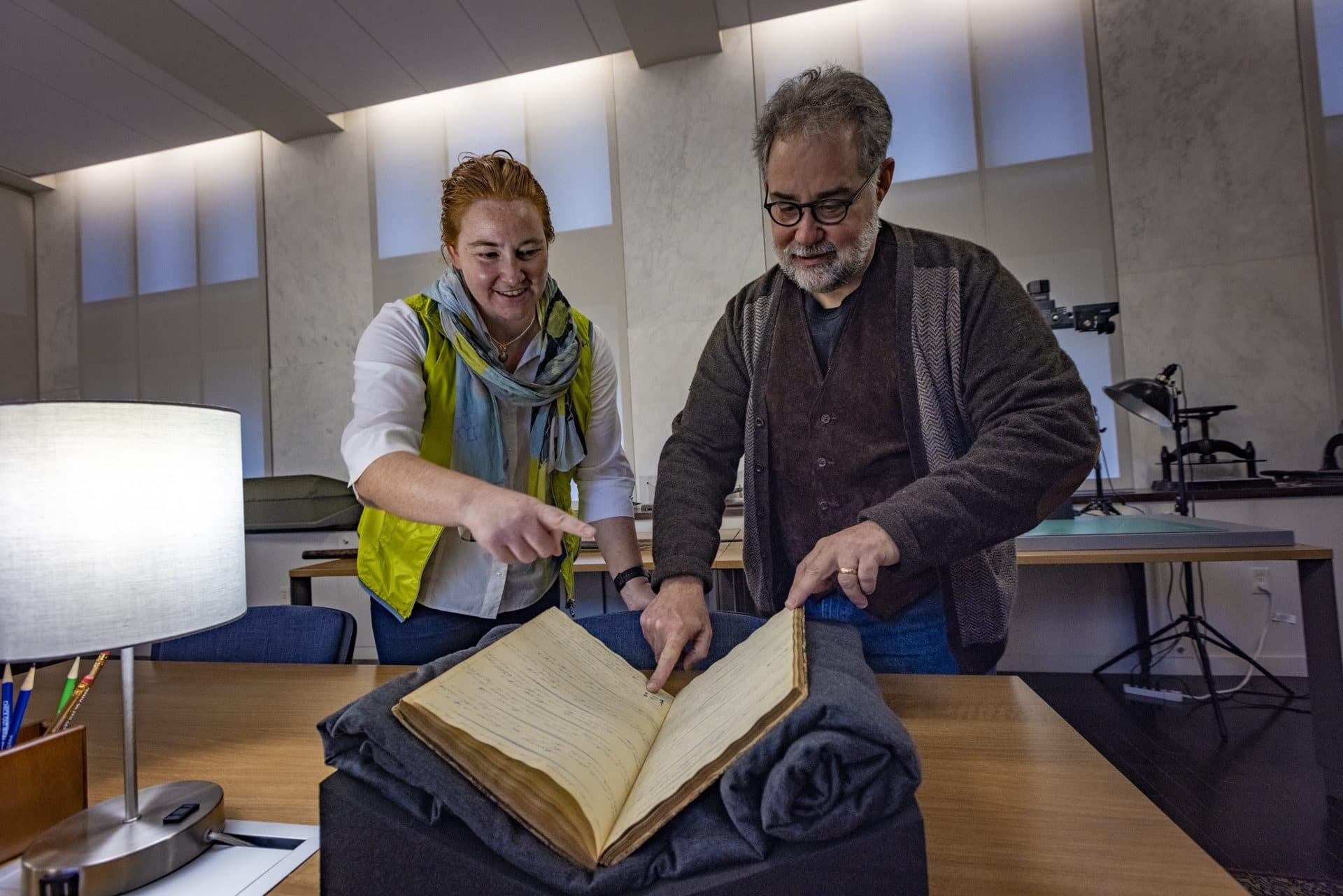 Caroline Ummenhofer, an oceanographer at the Woods Hole Oceanographic Institution, and Timothy Walker, history professor at UMass Dartmouth, with a logbook from the Ship Lion, which sailed to the South Pacific in the 1840s. (Jesse Costa/WBUR)
Caroline Ummenhofer, an oceanographer at the Woods Hole Oceanographic Institution, and Timothy Walker, history professor at UMass Dartmouth, with a logbook from the Ship Lion, which sailed to the South Pacific in the 1840s. (Jesse Costa/WBUR) Some of the log books have intricate drawings of physical details. Here, Timothy Walker points out a whale stamp, marking a day when the Ship Lion captured two whales. (Jesse Costa/WBUR)
Some of the log books have intricate drawings of physical details. Here, Timothy Walker points out a whale stamp, marking a day when the Ship Lion captured two whales. (Jesse Costa/WBUR)It’s a time-consuming process, made more difficult by the need to decipher the handwriting and language style of the time.
And the team sometimes gets sidetracked by the human drama captured in the pages.
Walker recalled one entry he came across describing a high seas hit-and-run: two ships passed in the night; one hit the other and didn’t stop.
“This was fascinating. It had nothing to do with the weather, but it was such a unique occurrence that I’d never encountered before,” said Walker.
“This was fascinating. It had nothing to do with the weather, but it was such a unique occurrence that I’d never encountered before,” said Walker.
“I found myself reading this multi-page description of what had gone on.”
When they do come across wind and weather descriptions, Walker and Ummenhofer convert them into data points that can be plugged into a computer database.
“The log keepers were very meticulous,” said Ummenhofer.
When they do come across wind and weather descriptions, Walker and Ummenhofer convert them into data points that can be plugged into a computer database.
“The log keepers were very meticulous,” said Ummenhofer.
“We can actually transfer those qualitative, descriptive terms ... to something that we can use in modern science, like knots or meters per second.”
Contributing to climate science
Contributing to climate science
Eventually, Walker and Ummenhofer expect to amass enough data to help show how weather patterns in different regions in the world have shifted since the 18th and 19th centuries.
They also plan to feed their information into global databases to give other researchers a broader and more accurate picture of how the climate is changing.
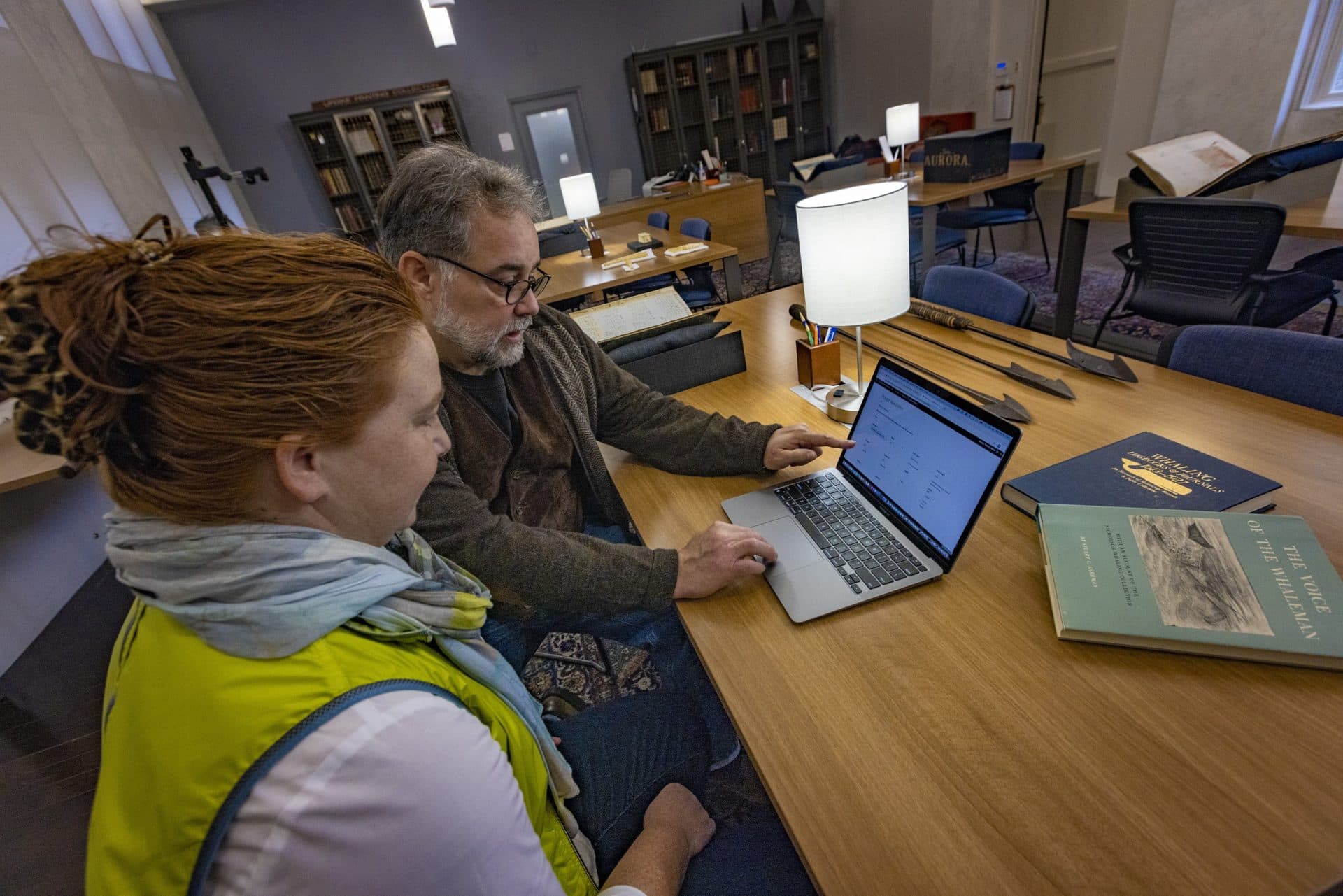 Caroline Ummenhofer, at the Woods Hole Oceanographic Institution, and Timothy Walker, at UMass Dartmouth, are collecting weather data recorded in ship logs to help provide a broader picture of changing weather patterns. (Jesse Costa/WBUR)
Caroline Ummenhofer, at the Woods Hole Oceanographic Institution, and Timothy Walker, at UMass Dartmouth, are collecting weather data recorded in ship logs to help provide a broader picture of changing weather patterns. (Jesse Costa/WBUR)This is not the first research project to use historical documents to study those changes; the Old Weather project uses shipping and whaling records to track changes in the Arctic, and old tidal records stored in England are being used to study sea level rise.
What’s unusual for Walker and Ummenhofer’s project is the focus on wind observations, and on the Indian and Southern Oceans. Observational data in this region is particularly sparse; Ummenhofer said most records only date back to the use of satellite imaging in the late 1970s and '80s.
But this is an area of the world that is experiencing huge changes.
In the past 30 to 40 years, the same winds the New England whalers used to travel across the Indian and Southern Oceans have migrated ten degrees in latitude to the South Pole.
“What used to be known as the Roaring Forties, the near 40 south westerly wind belt, that has actually shifted further south ... [and] should now be known as the Furious Fifties,” said Ummenhofer.
Scientists believe the shift is due to climate change. And the shifts have consequences, according to Gisela Winckler, a climate scientist and expert on the Southern Ocean at the Lamont-Doherty Earth Observatory at Columbia University.
Wind patterns affect both how the oceans store heat and cycle carbon, and can have a dramatic impact on weather.
“What used to be known as the Roaring Forties, the near 40 south westerly wind belt, that has actually shifted further south ... [and] should now be known as the Furious Fifties,” said Ummenhofer.
Scientists believe the shift is due to climate change. And the shifts have consequences, according to Gisela Winckler, a climate scientist and expert on the Southern Ocean at the Lamont-Doherty Earth Observatory at Columbia University.
Wind patterns affect both how the oceans store heat and cycle carbon, and can have a dramatic impact on weather.
“It’s particularly important because it determines precipitation,” said Winckler, “which is perhaps the most important thing of all – where it rains, and how much it rains.”
The region is already seeing the ripple effects.
The region is already seeing the ripple effects.
There are drought conditions in South Africa and Western Australia, in part because the prevailing winds now carry much of the rain too far south to make landfall.
So far, Walker and Ummenhofer have made their way through about 50 whaling logs, and 14,000 entries.
So far, Walker and Ummenhofer have made their way through about 50 whaling logs, and 14,000 entries.
They also hope to expand their research to include historic shipping records from Portugal and the Netherlands; their merchant and naval records predate the Yankee whalers by at least 100 years.
Links :
- Weather Rescue at Sea: WeatherRescue.org looking at ship logbooks from the 1860s
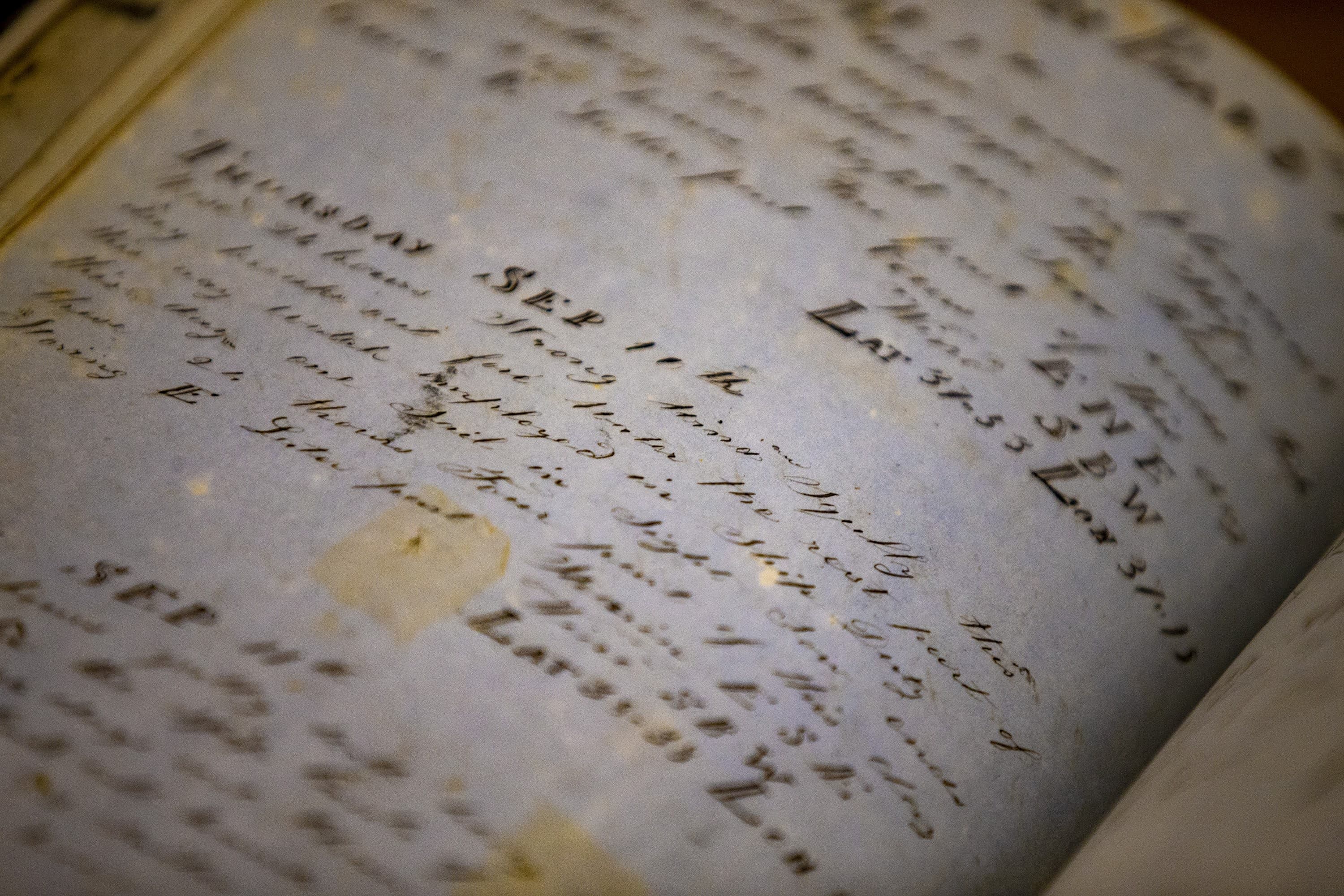
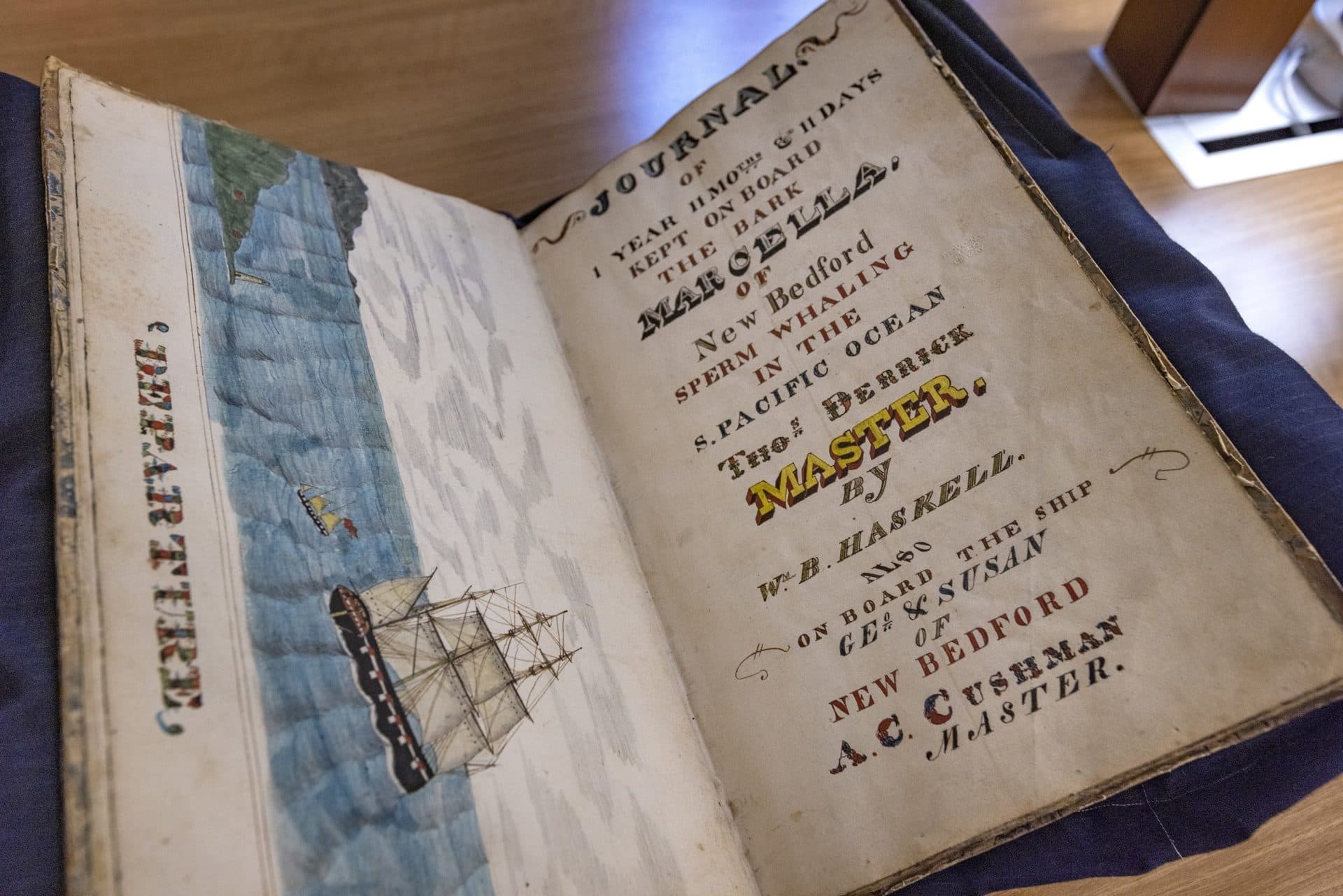
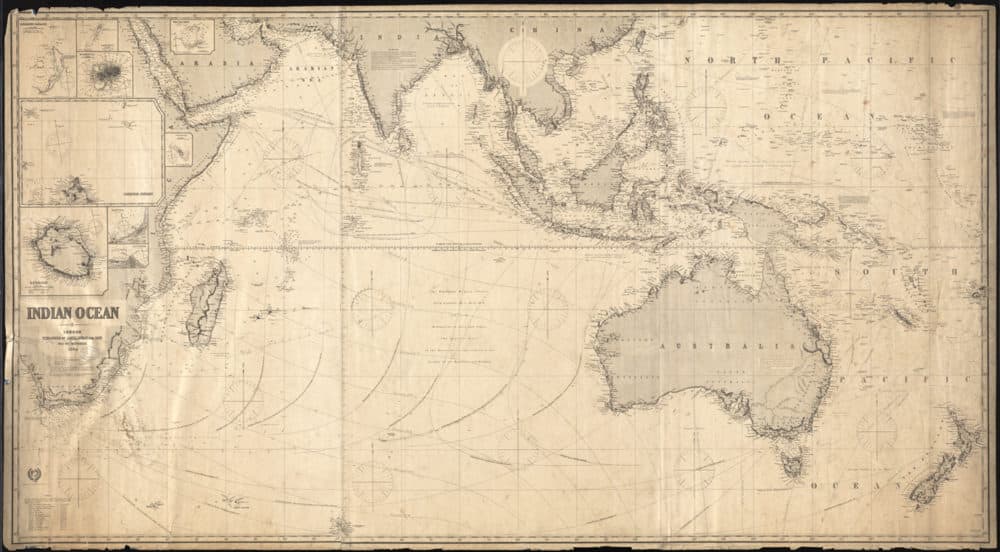
No comments:
Post a Comment